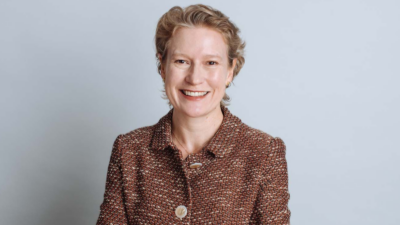NZ Super Vs Australia’s Future Fund: you be the judge
New Zealand Superannuation Fund has carved out NZ$600 million from its NZ$4.9 billion passive global equities mandate with Northern Trust Asset Management for two new factor-based mandates with the same manager.
The NZ$30 billion fund, which is seen as a bellwether among super funds in the region because of its transparency and innovative investment strategies – coupled with very good performance – has chosen a traditional value strategy and a low-volatility strategy as its tilts in the new mandates, at NZ$300 million apiece.
For Northern Trust AM, the shift means not only a slight uptick in fee revenue but, more importantly, signals to the market that, as a fund manager, the firm can deliver new-style smart beta strategies to a fund which has delivered consistently high returns from working a big passive core plus active satellite approach to investments. About 75 per cent of NZ Super’s assets are passively, or ‘near-passively’, managed.
Bert Rebelo, Melbourne-based head of Northern Trust AM in Australia and New Zealand, said: “We continue to see an increasing interest in factor investing strategies as asset owners look to exploit investment opportunities most efficiently in a low-return environment. When appropriately selected, adopting factor tilts can result in greater returns and outperformance.”
An interesting contrast can be made between NZ Super and Australia’s Future Fund. They both have been consistent top performers for several years but have come at their similar outcomes from vastly different perspectives and processes.
The Future Fund is known for making big asset allocation tilts to cash, as occurred last year, and concentrating the bulk of its $A118 billion (the fund has some additional sub-advised funds totaling another A$15 billion) on alternatives and international strategies. It has a team of about 50 investment professionals, even though it does not run any assets in-house, as per its constitution.
NZ Super, which also has a big team of about 40 investment professionals and 120 staff in total, has delivered a net return after costs but before NZ tax (why tax it?) of 9.57 per cent a year since inception in September 2003. This is 1.31 per cent a year above its “reference portfolio”, which is a form of passive benchmark. The outperformance represents about NZ$4.06 billion in value add. Over the past five years the fund has returned 16.85 per cent annualised compared with the reference portfolio return of 13.20 per cent. In the past 10 years the fund has returned 8.30 per cent annualised.
An unusual feature of NZ Super is that the reference portfolio is set by the board. For whatever reason, both NZ Super and the Future Fund call their boards of directors “guardians”. The NZ Super guardians, not all of whom are investment professionals – as with the Future Fund – allocate to passive benchmarks in five asset classes for the reference portfolio. They are: developed markets global equities (last year 65 per cent); developing markets equities (10 per cent), NZ equities (5 per cent), fixed income (20 per cent) and currencies (0.0 per cent).
The Future Fund and NZ Super are close, with both management and guardians of both funds liaising frequently. The securities servicing arm of Northern Trust is their common custodian and, more importantly, the founding general manager of the Future Fund, Paul Costello, was, prior to that, the chief executive of NZ Super. They share philosophies if not investment strategies.
The Future Fund’s annualised return since inception in 2006 is 7.4 per cent. To be fair, any comparisons between the two big funds should take account of extraneous factors. For instance, the Future Fund was lumbered with the Australian Government’s Telstra shares as part of its kick-off assets. Plus, the liabilities matching targets for both funds are different. Nevertheless, NZ Super has returned 8.30 per cent annualised over, roughly, the same 10-year period as the Future Fund’s 7.4 per cent.
Forget the Bledisloe Cup. This is the real game on.
– Greg Bright









